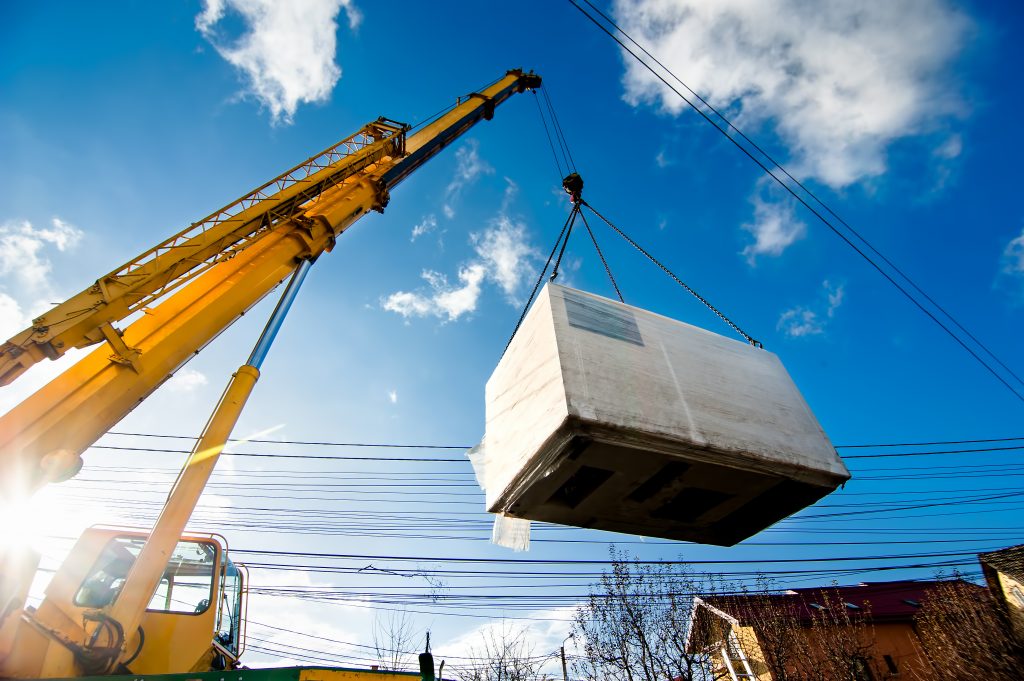In the fast-paced world of construction and industry, optimizing crane load capacity has become a crucial factor in enhancing overall productivity. As projects grow in complexity, the need to efficiently manage crane operations becomes paramount. This article delves into the various aspects of optimizing crane load capacity and how it contributes to greater productivity in construction and industrial settings.

Understanding Crane Load Capacity
Crane load capacity refers to the maximum weight a crane can lift without compromising safety or structural integrity. This capacity is influenced by various factors, including the crane’s design, components, and operational conditions. Understanding these factors is essential for effective load capacity optimization.
Challenges in Load Capacity Optimization
Despite the advancements in crane technology, several challenges persist in load capacity optimization. Issues such as inaccurate load calculations, equipment malfunctions, and lack of standardized practices can impact project timelines and overall efficiency.
Innovative Technologies in Crane Load Capacity Optimization
The integration of advanced technologies, such as load monitoring systems and real-time data analytics, has revolutionized crane operations. These innovations provide precise information about load conditions, enabling operators to make informed decisions and optimize load capacity effectively.
Implementing Load Capacity Analysis
To achieve optimal results, a thorough load capacity analysis must be conducted before and during crane operations. This involves assessing load weights, environmental conditions, and equipment specifications. Implementing these analyses ensures that crane operations align with safety standards and project requirements.
Crane Load Capacity vs. Safety
While productivity is a key goal, it should never compromise safety. Balancing load capacity with safety measures is crucial in preventing accidents and ensuring the well-being of personnel on-site. Compliance with regulations and standards is imperative in this regard.
Training and Skill Development
The role of skilled crane operators cannot be overstated in load capacity optimization. Training programs and certifications are essential to equip operators with the necessary skills to handle varying load conditions and make real-time decisions.
Case Studies
Examining real-world examples of successful load capacity optimization provides valuable insights. These case studies showcase the positive impact of effective load management on project outcomes, including reduced downtimes and increased efficiency.
Future Trends in Crane Load Capacity Optimization
The industry is witnessing continuous advancements in technology that promise even greater efficiency in load capacity optimization. From artificial intelligence to robotics, the future holds exciting possibilities for improving crane operations and productivity.
Benefits of Optimizing Crane Load Capacity
The benefits of load capacity optimization are multifaceted. Improved efficiency, adherence to project timelines, cost-effectiveness, and optimal resource utilization contribute to overall project success.
Common Misconceptions in Crane Load Capacity
Addressing myths and misunderstandings surrounding load capacity is essential for fostering a clear understanding within the industry. Dispelling common misconceptions ensures that crane operations are based on accurate information.
Environmental Considerations
As sustainability becomes a priority, incorporating eco-friendly practices in crane operations is essential. Minimizing the ecological impact of load capacity optimization aligns with global efforts towards environmental responsibility.
Collaboration in Load Capacity Planning
Effective communication and collaboration among project stakeholders are vital in load capacity planning. Coordinating efforts between engineers, operators, and project managers ensures seamless operations and optimized load capacity.
Feedback and Continuous Improvement
Regular feedback mechanisms play a crucial role in refining load capacity strategies. Continuous improvement, based on lessons learned from previous projects, contributes to long-term productivity gains.
In conclusion, optimizing crane load capacity is a pivotal factor in achieving greater productivity in construction and industrial projects. By understanding the complexities, embracing innovative technologies, prioritizing safety, and fostering collaboration, the industry can enhance efficiency and meet the demands of the modern world.
Frequently Asked Questions
- What is the primary goal of optimizing crane load capacity?
- The primary goal is to enhance overall productivity in construction and industrial projects by efficiently managing crane operations.
- How does technology contribute to load capacity optimization?
- Technology, such as load monitoring systems, provides real-time data, enabling operators to make informed decisions, leading to effective load capacity optimization.
- Why is safety crucial in crane load capacity operations?
- Safety is paramount to prevent accidents and ensure the well-being of personnel on-site. Balancing productivity with safety measures is imperative.
- What role do skilled operators play in load capacity optimization?
- Skilled operators are essential for making real-time decisions during crane operations. Training programs and certifications equip them with the necessary skills.
- How can load capacity optimization contribute to sustainability?
- By minimizing the ecological impact of crane operations, load capacity optimization aligns with global efforts towards environmental responsibility.

